
Merry Funtabulously Frivolous Friday Five 354
Funtabulously Frivolous Friday Five 354 - Christmas - Just when you thought your brain could unwind, enter the medical trivia of FFFF.

Funtabulously Frivolous Friday Five 354 - Christmas - Just when you thought your brain could unwind, enter the medical trivia of FFFF.
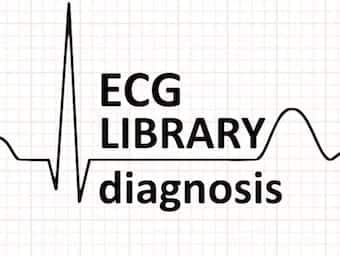
The Osborn wave (J wave) is a positive deflection at the J point (negative in aVR and V1). It is usually most prominent in the precordial leads and most commonly associated with hypothermia.
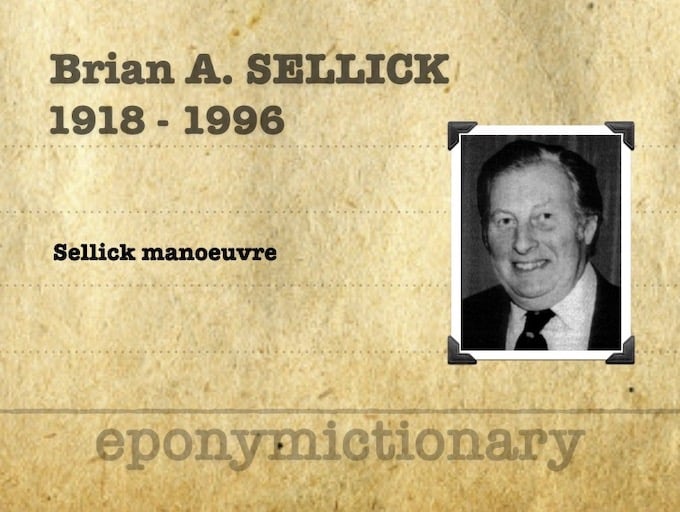
Brian Arthur Sellick (1918 – 1996) British anaesthetist. Best known for his description of the Sellick manoeuvre and hypothermia in cardiac surgery
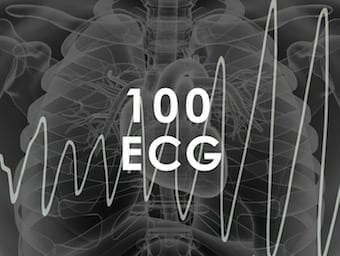
A man in his 40s is brought in GCS 3. Can you interpret these ECG and echo abnormalities to appropriately guide management?
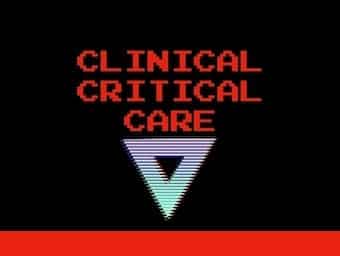
Variceal bleeds can lead to terrifyingly messy resuscitations; this talk reviews tricks and tips for rescuing your patient from massive GI bleeding disasters.

John J Osborn (1917 – 2014) was an American intensivist, pediatrician and inventor. Eponym: 'current of injury' Osborn wave - 1953
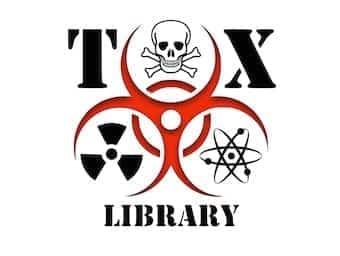
There are multiple learning tools used as an adjunctive aide memoire. Herewith a collection of Toxicological related mnemonics used with varying frequency throughout the conundrums. Let us know if you have any more to add...

44 year old male with a history of non-complaint Type 1 diabetes. He has been found at home in a semi-conscious state. Describe and interpret this ECG. LITFL Top 100 ECG

97 year old gentleman found unconscious at home. Brought into emergency by ambulance at 10am having last been seen at 8pm the evening before.

Hypothermia Post Cardiac Surgery. multi-factorial: residual hypothermia post CPB, failure to rewarm, open thoracic cavity, cold OT, administration of cold fluids

Paediatric Hypothermia predisposition: radiation (large surface area to volume ratio, large head); convective (repeated examinations with exposure to atmosphere); conductive (loss of heat into bed); thermoregulatory response altered (sedation or paralysis, neurological injury)

Temperature and TBI. Induced hypothermia has been used for years to reduced cerebral metabolic rate; manipulation of temperature has been shown to effect certain types of brain injury (therapeutic hypothermia in out-of-hospital cardiac arrest).